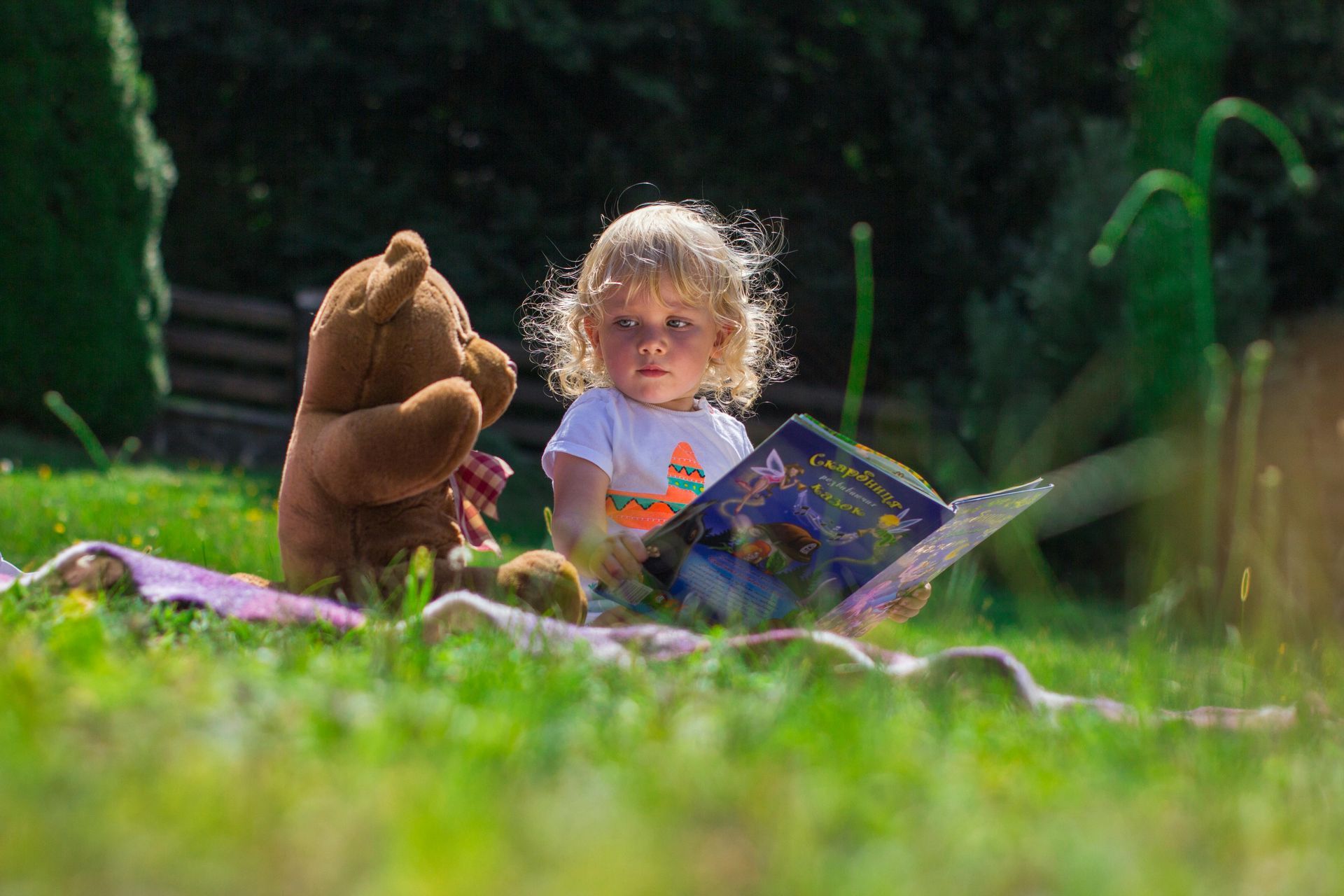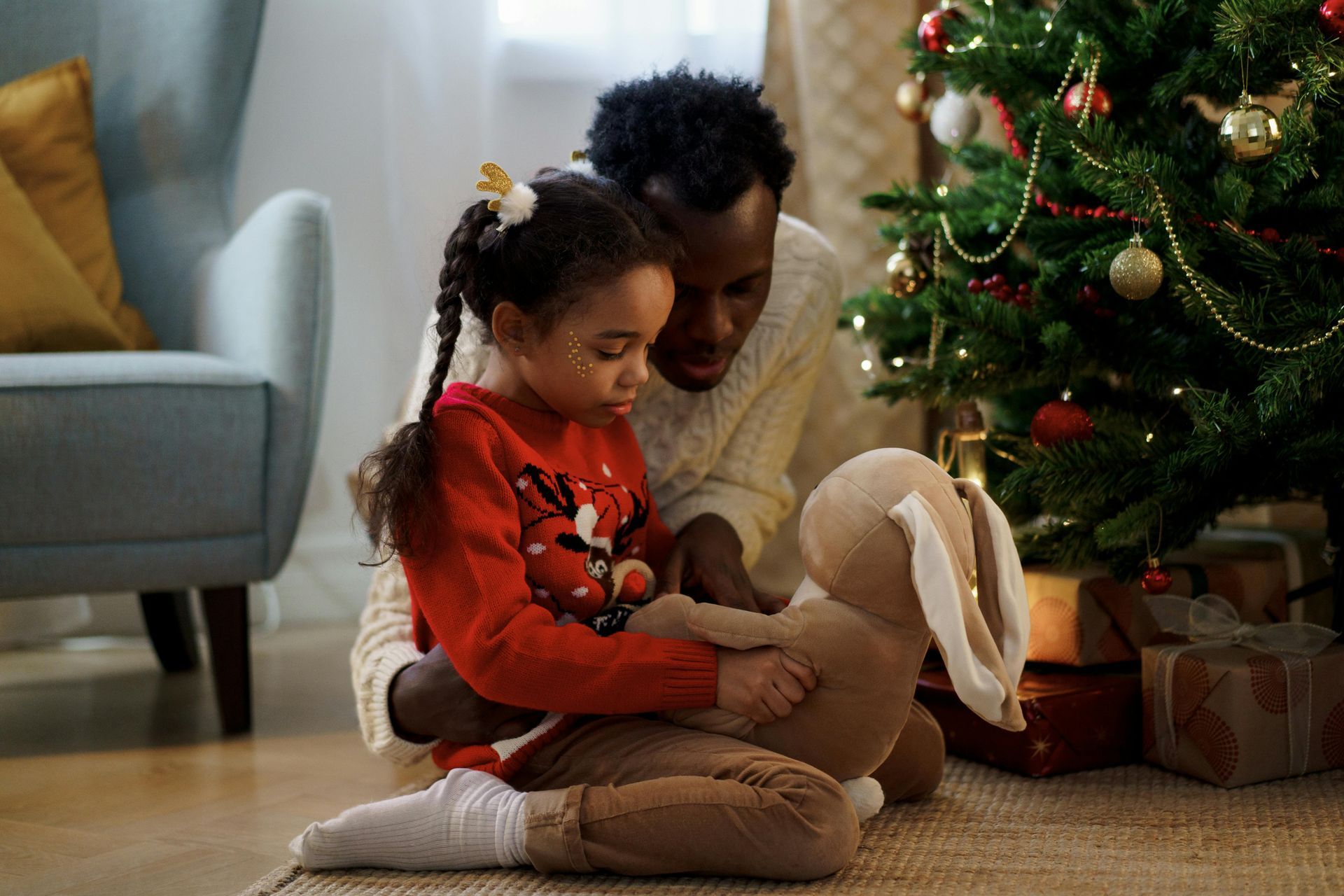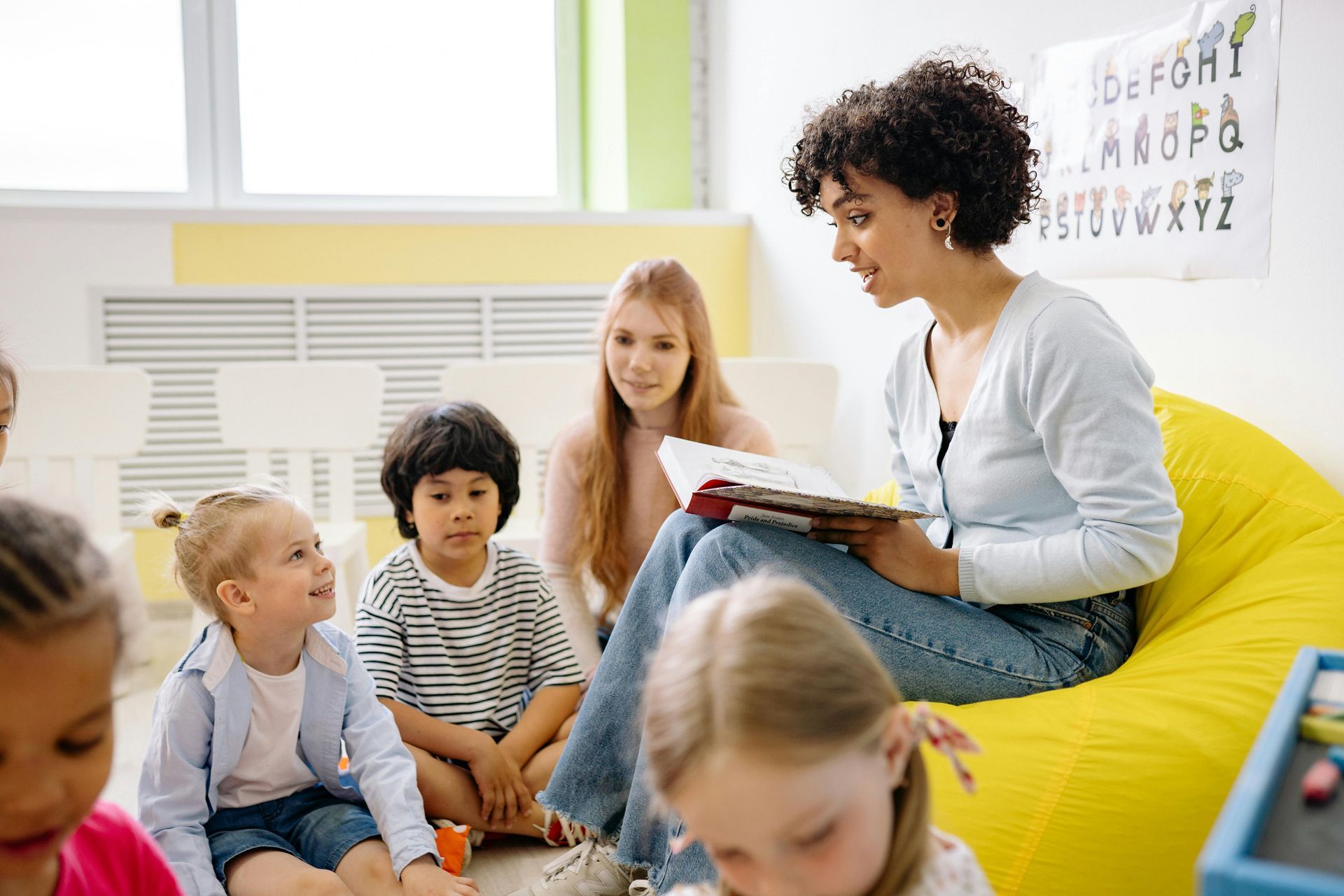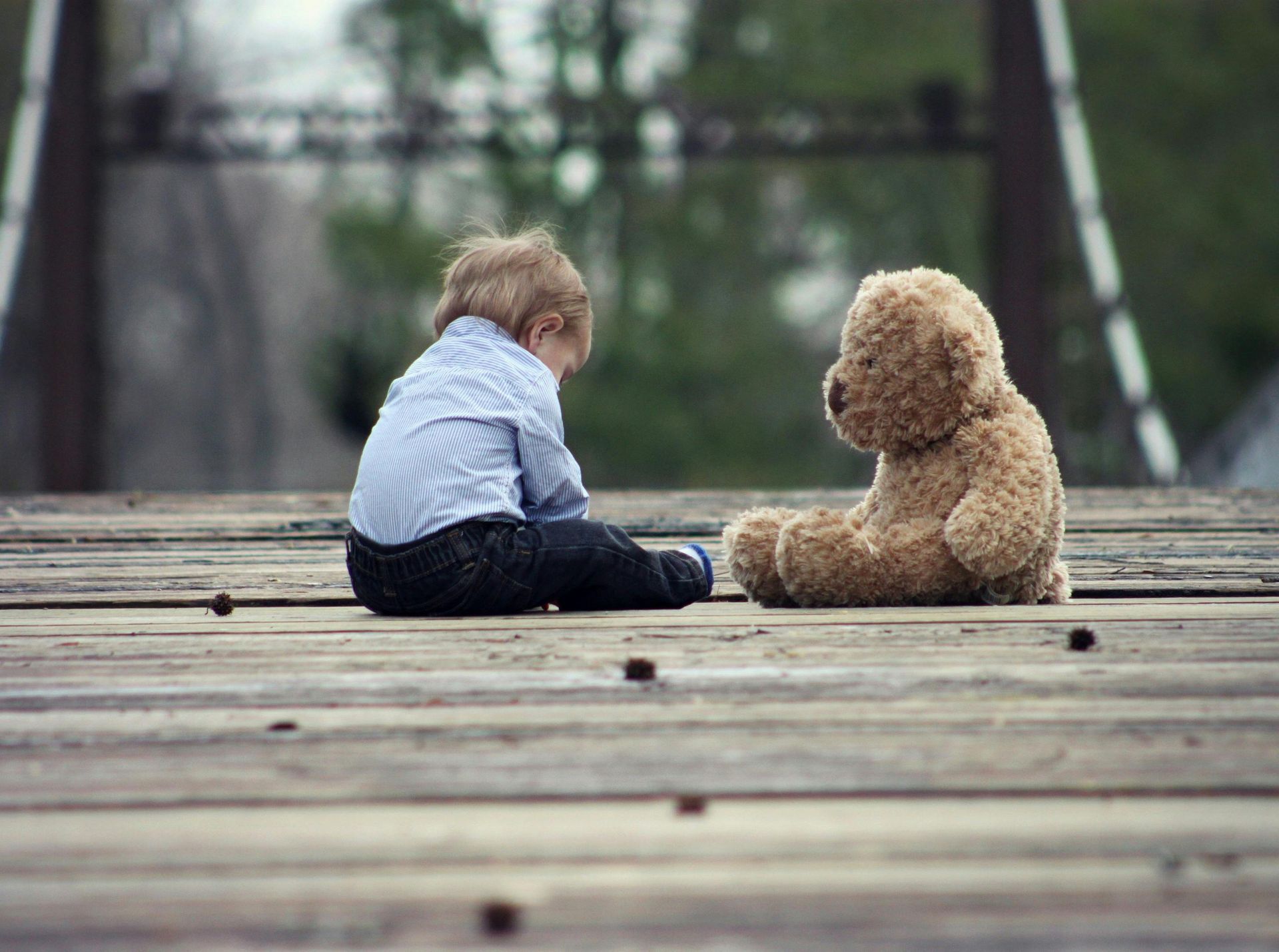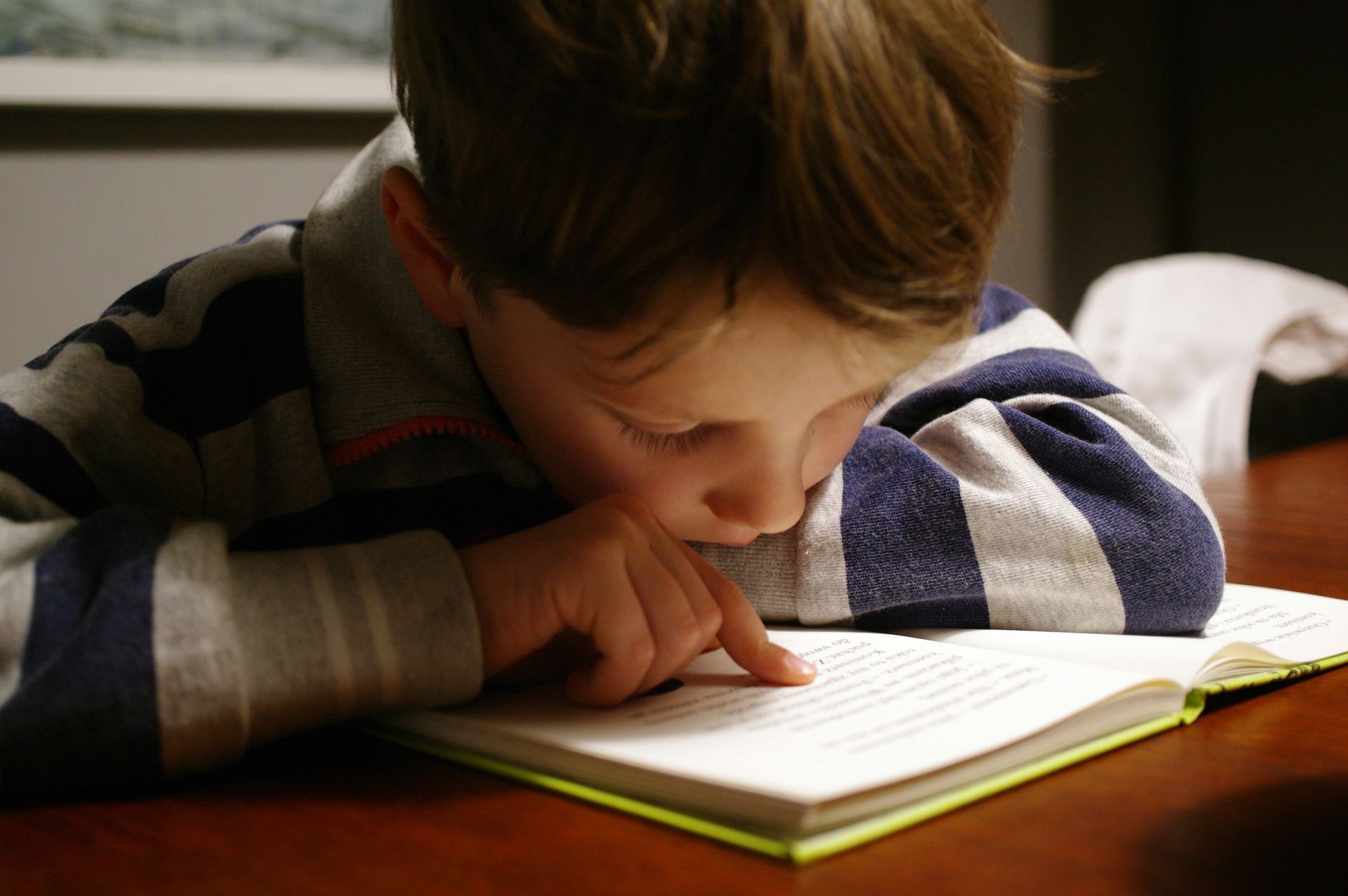Helping Children Navigate Grief: Gentle Ways to Support Young Minds
Helping Children Navigate Grief: Gentle Ways to Support Young Minds

Grief is a complex emotion, and for young children, understanding loss can be particularly challenging. Whether they are experiencing the loss of a loved one, a pet, or even a big change in their life, children need gentle guidance to process their emotions. As parents and caregivers, it’s important to provide them with the right tools to navigate grief in a way that feels safe and manageable.
One of the most effective ways to help children understand and express their feelings is through storytelling. Books like those in Allie Mary’s Mabel series create a comforting space for little ones to explore big emotions, including loss, in a way they can relate to.
Understanding Grief in Young Children
Children experience grief differently from adults. They may not always have the words to express how they feel, and their emotions may come and go unexpectedly. Some common ways children might show their grief include:
💭 Asking repetitive questions about the loss
😔 Changes in behaviour, such as withdrawal or clinginess
😢 Expressing sadness or frustration in unexpected ways
🎨 Using play or creativity to process their emotions
Because children process grief differently at various stages of their development, it’s important to offer support in ways that feel age-appropriate and comforting.
Ways to Help Children Cope with Grief
While grief is a natural process, children may need extra support to express their emotions and understand what they’re going through. Here are some ways to help them cope:
1. Encouraging Open Conversations
Children often need reassurance that it’s okay to feel sad, confused, or even angry. Creating a safe space where they can talk about their emotions freely helps them process grief in a healthy way.
Try saying:
"I know you're feeling sad right now. Do you want to talk about it?"
Using gentle and open-ended questions allows children to express their feelings without pressure
2. Using Books and Storytelling to Explain Loss
For children who struggle to put their emotions into words, stories provide a relatable way to explore grief and healing. Books like those in the Mabel series gently introduce children to big emotions, helping them understand that they are not alone in their feelings.
Mabel Finds Her Happy teaches children that happiness can still be found, even after sadness.
Mabel Meets Her Worry Beans helps children recognise and cope with feelings of uncertainty and change.
By seeing Mabel navigate emotions in a gentle and reassuring way, children gain a sense of comfort and learn valuable coping strategies.
3. Expressing Feelings Through Creativity
Sometimes, words aren’t enough for children to express their grief. Encouraging them to engage in creative activities—such as drawing, writing, or making memory crafts—can provide an alternative way for them to process their emotions.
🎨 Ideas for creative grief expression:
📖 Drawing or writing a letter to the person or pet they lost
🎶 Listening to or creating music that expresses how they feel
🌳 Planting a tree or flower in memory of a loved one
These activities offer a positive way to honour memories while helping children express emotions in a non-verbal way.
4. Maintaining Routines for Stability
Grief can feel overwhelming, and young children benefit from the comfort of routine and predictability. Keeping daily schedules consistent—such as mealtimes, bedtime stories, and playtime—provides a sense of security during difficult times.
Even if a child is struggling with grief, knowing they can count on certain aspects of their day to remain the same can help them feel safe and grounded.
5. Reassuring Them That It’s Okay to Be Happy Again
One of the biggest challenges for grieving children is understanding that it’s okay to feel happy, laugh, and enjoy life, even after experiencing a loss. Remind them that grief and happiness can exist at the same time, and that it’s natural for emotions to come and go.
Through the Mabel books, children learn that emotions are not permanent, and even in difficult times, joy can still be found in small, everyday moments.
Final Thoughts
Helping children navigate grief is never easy, but with patience, love, and the right tools, they can learn to process their emotions in a healthy way. Whether through open conversations, creative expression, or the comforting power of storytelling, we can support young minds as they work through their feelings.
Allie Mary’s Mabel series provides a valuable resource for parents, teachers, and caregivers who want to help children understand and express their emotions. Through Mabel’s journey, young readers can find reassurance, hope, and the gentle reminder that they are never alone in their feelings.

Design & Build by Kangaroo UK


